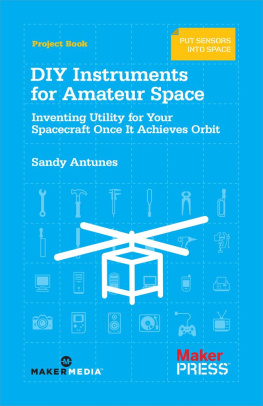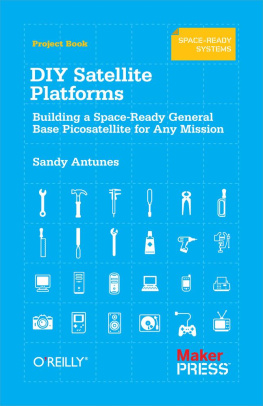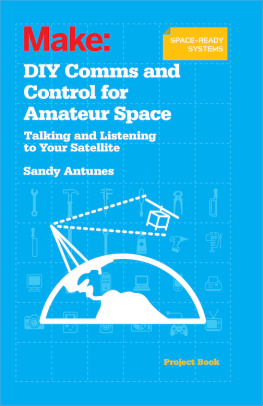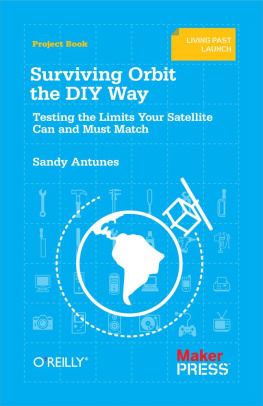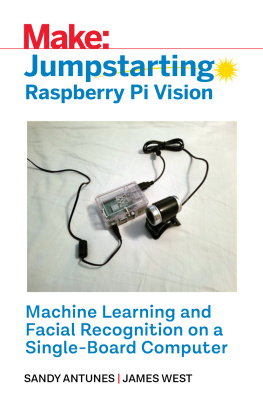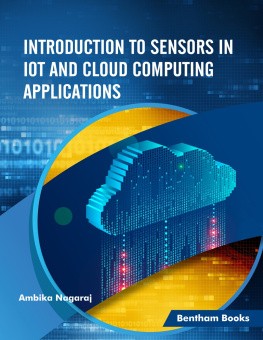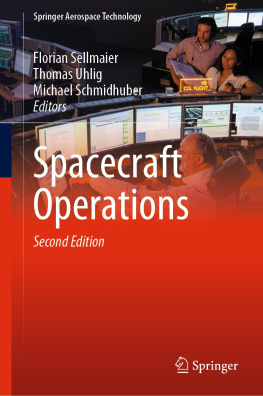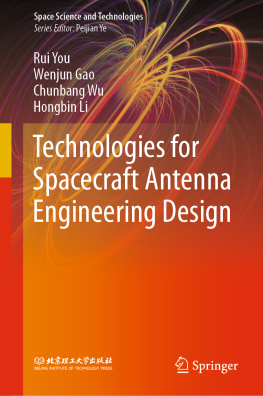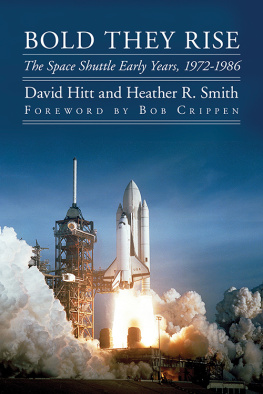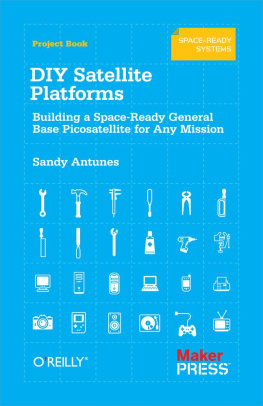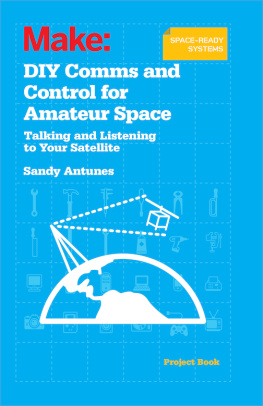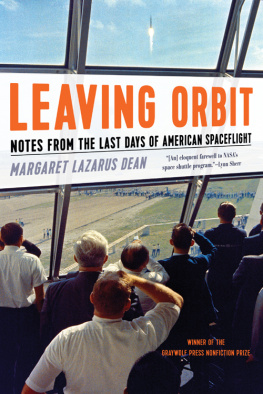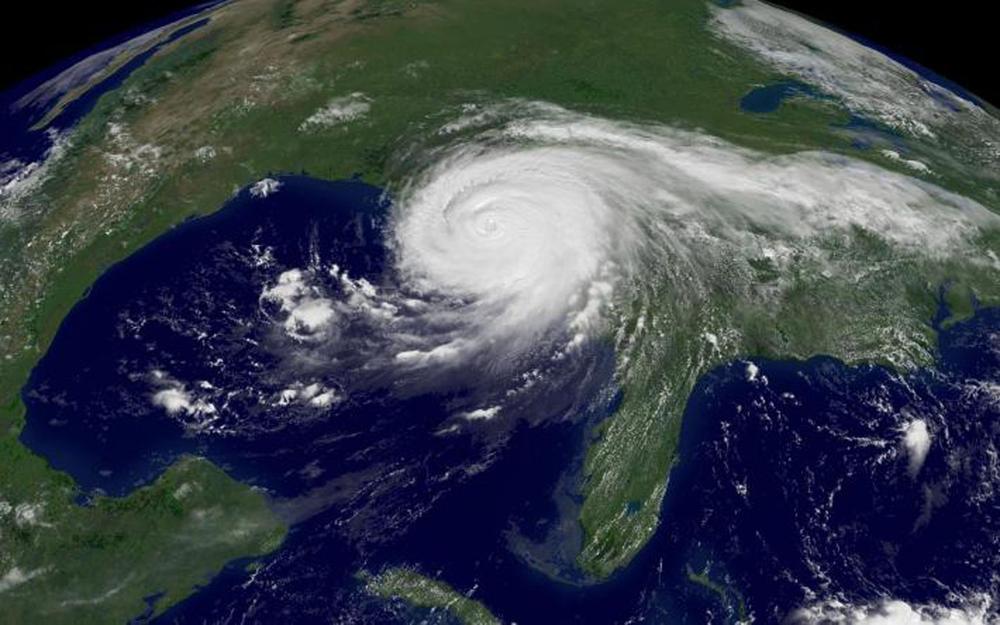If you purchased this ebook directly from oreilly.com, you have the following benefits:
If you purchased this ebook from another retailer, you can upgrade your ebook to take advantage of all these benefits for just $4.99. to access your ebook upgrade.
What can you measure and what are your limits when orbiting in space? Learn about what physical quantities you can measure and how to design and parameterize your sensor loadout. Learn to go beyond just flying a camera and optimize your mission goals. Explore what you can play with using your own personal satellite.
Build a sensor, and youll own a slice of the universe. Were we to describe or define a state-of-the-art sensor for a picosatellite, you could probably find a weblink to a team already launching something way cooler. Instead of listing specific gear, then, well work out how you can design your own sensor loadout. Knowing how to do this will future-proof your work and let you keep advancing the picosatellite field.
That doesnt mean we wont take a peek at some of the way cool sensors available currently. Well also look at the protocols for wiring up sensors, covering I2C, TTL, Serial, and SPI; analog and digital; and a host of other concerns.
Well examine the types of remote sensing possible and the bandwidth required. In this book, well also look at mechanical structures and technology efforts that CubeSats can explore.
Why Sensors on Satellites Make Sense
Ever wonder why astronomers loft telescopes higher and higher, to mountains and via balloons and satellites? We put telescopes up on mountains, launch balloons, send rockets into space and point them outward. The Earth observing (EO) folks take similar gear, fly it up high, then point it back to Earth.
Astronomers try to get our telescopes higher. Now, the main goal of a telescope is to use mirrors or lenses to essentially make a bigger eye. Its not that telescopes magnify; its that they gather more light. In short, they make faint stuff visible. Radio telescopes extend our eye because they look at wavelengths that our eyes cant pick up at all.
A small mirror has less light gathering than a bigger one, but up high, its less messed up by our atmosphere. From the ground, were looking through a mile high column of air: its like looking through a swimming pool, and the shifting air ruins our seeing.
Seeing is actually a technical term. We astronomers have a knack for naming things. For instance, the big array of radio telescopes we made is called the VLA, and that stands for Very Large Array. The big explosion that started the universe we all know as the Big Bang. We tend to be very straightforward and you can see why I often say that anyone can be an astronomer if he wants.
We put stuff up to get past the wet blanket we call our atmosphere. A smaller scope higher up will outperform a larger ground scope. Telescopes are on mountains to get above the atmosphere, and also to get above the weather, because our atmosphere has a lot of weather. We also want to isolate them from city light. All the lighting of modern civilization creates what we astronomers call light pollution.
Light pollution is that orange glow that you can see above Washington, DC every night instead of stars. It makes for a really pretty sunset but it makes for really lousy observing. If you put the scope higher up, you escape that.
For Earth observing, we dont want to escape the Earths atmosphere so much as a) observe it and b) get a bigger view. If you need to see out of a forest, youd climb a tree. To see the Earth, to see the top of the atmosphere, or to peer at different layers, you need to do flyovers. The best way to consistently fly over the Earth and survey it is via satellites. As a bonus, you can choose specific instruments with specific wavelength regions so you can examine specific layers of the atmosphere or look for specific phenomena on the Earths surface.
High altitude balloons are a way to go higher than a mountain, and you can get up cheaply and quickly. Some students in Spain actually lifted an ordinary digital camera 20 miles up and they did on a $100 budget. NASAs upcoming SuperPressure Balloon can lift 1,000 pounds for 100 days. Its the same concept: get things higher.
We have better visibility, less weather, longer nights, light you cant see from the ground, and a great field of view. Satellites (see ) provide the best of thesebut at a high cost. They get us higher and for a longer time, but they are a bit more expensive. And they do let us see X-rays and ultraviolet light, and give us vantage points from somewhere other than the Earth.
Figure 1. GOES image of Hurricane Katrina, image courtesy of NASA/NOAA
Given all this, we are still limited in what we can do. The ideal detector cannot exist, and youll always have to make tradeoffs between capability and bandwidth, between performance and cost, and between capturing a wide view and seeing the little details. Were here to help you design your instrument mission.
Conventions Used in This Book
The following typographical conventions are used in this book:
ItalicIndicates new terms, URLs, email addresses, filenames, and file extensions.
Constant widthUsed for program listings, as well as within paragraphs to refer to program elements such as variable or function names, databases, data types, environment variables, statements, and keywords.
Constant width boldShows commands or other text that should be typed literally by the user.
Constant width italicShows text that should be replaced with user-supplied values or by values determined by context.
Tip
This icon signifies a tip, suggestion, or general note.
Caution
This icon indicates a warning or caution.
Using Code Examples
This book is here to help you get your job done. In general, if this book includes code examples, you may use the code in this book in your programs and documentation. You do not need to contact us for permission unless youre reproducing a significant portion of the code. For example, writing a program that uses several chunks of code from this book does not require permission. Selling or distributing a CD-ROM of examples from MAKEs books does require permission. Answering a question by citing this book and quoting example code does not require permission. Incorporating a significant amount of example code from this book into your products documentation does require permission.
We appreciate, but do not require, attribution. An attribution usually includes the title, author, publisher, and ISBN. For example: DIY Instruments for Amateur Space by Sandy Antunes (MAKE). Copyright 2013 Sandy Antunes, 978-1-4493-1064-6.

